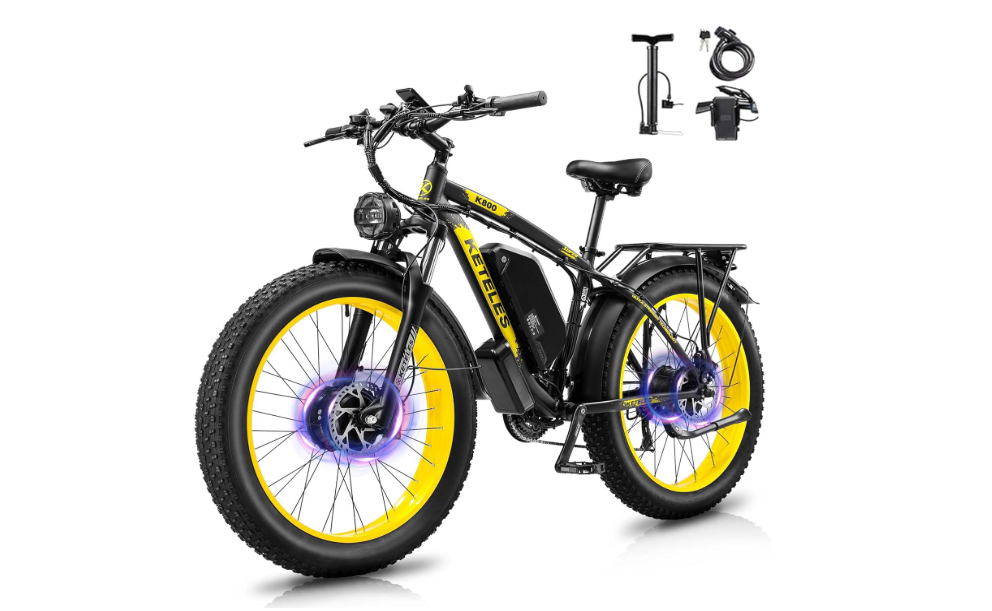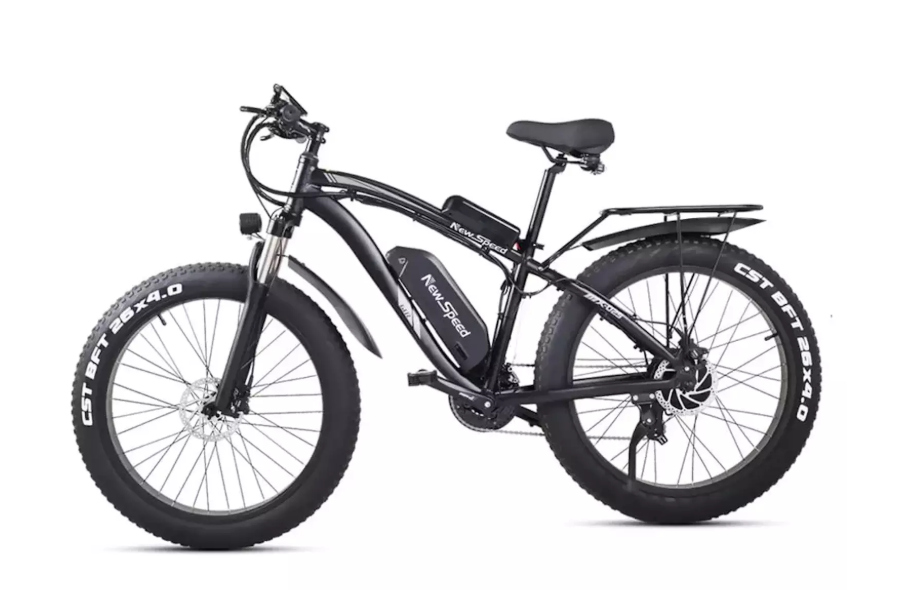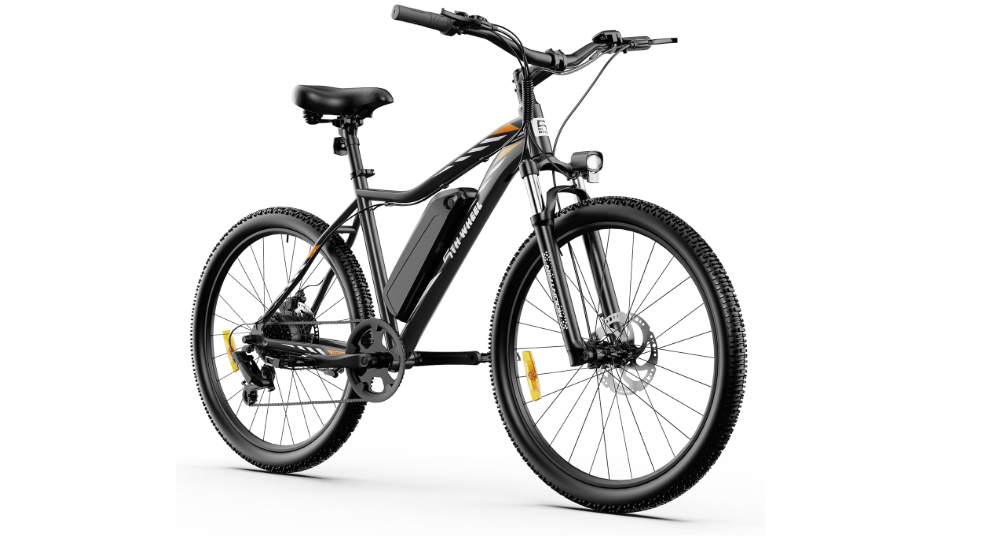The battery is the heart of every electric bicycle. Without a reliable battery, even the most advanced e-bike cannot deliver a smooth, efficient commute. In 2025, the Indian e-bike market has grown significantly,
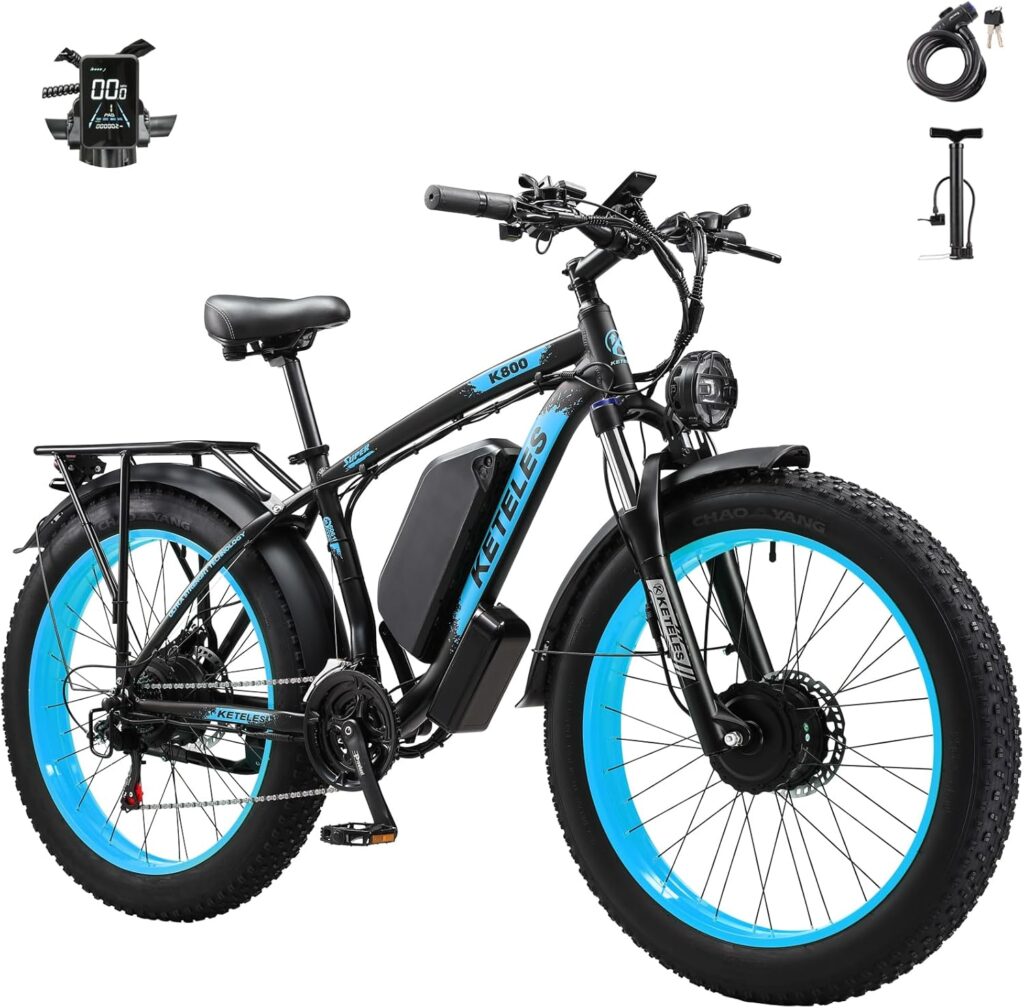
offering options ranging from affordable commuter e-cycles to premium long-range models. Yet, one common concern among buyers is understanding how to charge, maintain, and replace the battery, along with the associated costs.
For daily commuters, delivery riders, or anyone considering switching to electric, knowing how batteries work, how long they last, and what it costs to replace them is crucial.
A well-maintained battery not only ensures optimal performance but also prolongs the lifespan of the entire e-bike.
Understanding E-Bike Batteries
Electric bikes generally use lithium-ion batteries, though some budget models still use lead-acid or nickel-metal hydride batteries.
Lithium-ion batteries dominate the market because they are lightweight, have high energy density, and offer longer lifespans compared to older technologies.
Lead-acid batteries, though cheaper, are largely phased out due to short lifespans, heavy weight, and slow charging times. They are rarely recommended for daily commuting in modern Indian cities.
Battery management systems (BMS) integrated into modern lithium-ion packs monitor voltage, temperature, and charging cycles to prevent damage and ensure safety. Investing in e-bikes with a reliable BMS can significantly extend battery life.
Charging Your E-Bike Battery

Proper charging practices are critical for battery health. Most e-bike manufacturers in India provide a standard charger that matches the battery specifications. Overcharging or using incompatible chargers can reduce battery capacity and lifespan.
It is recommended to charge the battery after every ride, ideally when the charge drops to 20–30%. Avoid letting the battery completely discharge, as deep discharges can reduce its overall lifespan. Similarly, keeping the battery plugged in after it reaches 100% can generate heat, which slowly deteriorates lithium-ion cells.
Charging times vary depending on battery capacity. A 36V 10Ah battery typically charges fully in 4–5 hours, whereas high-capacity 48V 12Ah batteries may take up to 6–7 hours. Many premium e-bikes now feature fast-charging capabilities, allowing up to 80% charge in just 2–3 hours.
It’s also important to store the battery properly if the bike is unused for long periods. Batteries should be stored in a cool, dry place, ideally around 20–25°C, to prevent capacity loss. Avoid exposing the battery to direct sunlight or humid conditions, which can accelerate degradation.
Factors Affecting Battery Lifespan
Battery lifespan is influenced by multiple factors, including charging habits, climate, usage, and battery quality. On average, a well-maintained lithium-ion e-bike battery lasts 3–5 years before noticeable capacity loss.
Frequent deep discharges, overcharging, and exposure to high temperatures reduce the number of effective charge cycles. Indian cities with extreme heat can particularly impact battery health, making proper storage and controlled charging even more important.
Another factor is the frequency of use. A commuter riding daily over 30 km will naturally complete more charging cycles than someone using the e-bike occasionally, which may reduce lifespan. Conversely, over-specifying your battery for occasional use can prolong its life, but increases upfront cost.
High-quality batteries from trusted brands often come with 2–3 years of warranty, covering defects but not degradation due to poor charging practices. This makes choosing a reputable brand essential to avoid unexpected replacement costs.
Replacement Costs of E-Bike Batteries in India
Battery replacement is one of the largest recurring costs for electric bikes. In India, replacement costs range from ₹7,000 to ₹15,000 for standard lithium-ion batteries used in budget and mid-range e-bikes. Premium models or higher-capacity batteries can cost ₹20,000 or more.
Prices vary depending on voltage, amp-hour rating, brand, and availability. Imported batteries tend to be more expensive due to shipping and customs duties. Many Indian e-bike brands now maintain after-sales support and stock of replacement batteries, which reduces downtime and replacement hassles.
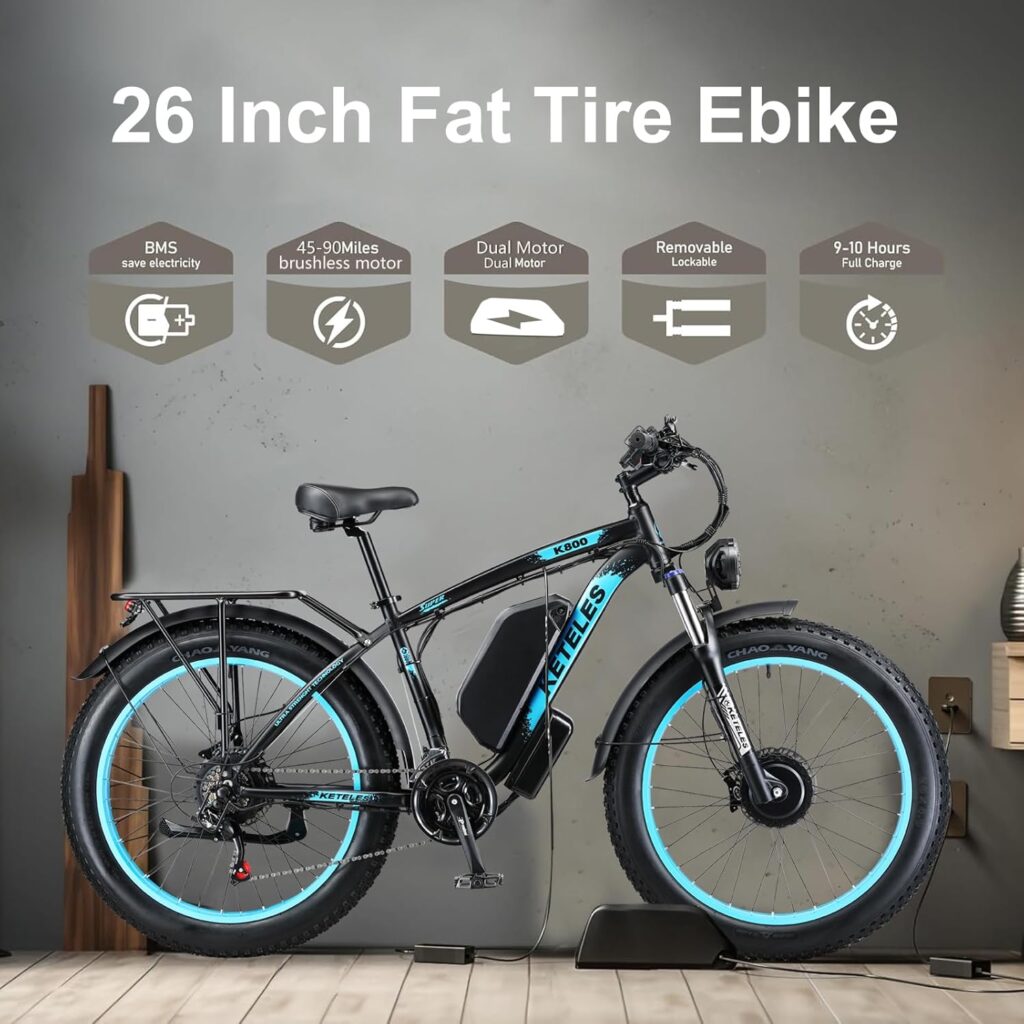
When planning your e-bike purchase, it’s wise to factor in the replacement cost along with purchase price, insurance, and running costs to get an accurate picture of total cost of ownership.
Tips to Extend Battery Life
Maintaining your e-bike battery properly can prolong lifespan and improve performance. Some essential tips include:
Firstly, avoid extreme discharges. Keep the battery charge between 20% and 80% for daily commuting. Secondly, use only the OEM charger provided by the manufacturer to prevent overvoltage or overheating. Thirdly, store the battery in controlled temperature conditions, especially during hot Indian summers or humid monsoon months.
Regular inspection is also important. Check for signs of swelling, unusual heating, or leakage, which may indicate a failing battery. Cleaning contacts and keeping terminals dry prevents short circuits and power loss.
Finally, plan your usage. Avoid charging and discharging continuously multiple times in a day. Allow batteries to cool down after heavy use before recharging. Following these steps can significantly improve the number of effective charge cycles, often extending battery life by 6–12 months compared to neglectful usage.
Environmental and Safety Considerations
E-bike batteries, especially lithium-ion types, are recyclable. As the e-bike market grows in India, proper disposal and recycling of old batteries is essential to minimize environmental impact. Many cities and dealers now offer battery recycling programs to ensure safe disposal.
Safety is also a concern. Using damaged or counterfeit batteries can lead to short circuits, fires, or explosions. Always purchase batteries from authorized dealers and avoid tampering with the BMS system. Charging in a safe environment, away from flammable materials, adds another layer of precaution.
Charging Infrastructure and Convenience
While electric bikes can be charged at home using standard 5A–10A sockets, some premium e-bikes support fast-charging stations. Urban areas in India are gradually building public charging points, and some companies offer battery swapping services, allowing riders to replace depleted batteries with fully charged ones in minutes.
This infrastructure is particularly beneficial for delivery riders and long-distance commuters who need minimal downtime. For most daily city commuters, home charging is sufficient, but awareness of available public or commercial options is useful when choosing your e-bike model.
Common Misconceptions About E-Bike Batteries
Many buyers worry that e-bike batteries are expensive or short-lived. While replacement costs exist, the overall running cost of an electric bike remains far lower than petrol bikes due to savings on fuel and maintenance.
Another misconception is that batteries cannot handle heavy use. Modern lithium-ion batteries are designed for daily commuting and can withstand hundreds of charging cycles if handled properly. A 36V 10Ah battery can last 3–4 years even with daily use, providing reliable performance for most urban riders.
Some riders also fear rapid degradation in hot climates. Proper storage and careful charging practices can mitigate most temperature-related issues, ensuring consistent battery performance across India’s diverse weather conditions.
FAQs
1. How long does it take to fully charge an e-bike battery?
Most 36V–48V batteries charge in 4–6 hours. Fast-charging batteries can reach 80% in 2–3 hours.
2. How long does an e-bike battery last?
On average, lithium-ion batteries last 3–5 years. Lifespan depends on usage, charging habits, and storage conditions.
3. What is the cost of replacing an e-bike battery in India?
Budget and mid-range batteries typically cost ₹7,000–₹15,000. High-capacity or imported batteries may cost ₹20,000 or more.
4. Can I use any charger for my e-bike battery?
No. Always use the OEM charger supplied by the manufacturer to avoid overheating or capacity loss.
5. How can I extend battery life?
Charge between 20%–80%, avoid deep discharge, store in cool conditions, use OEM chargers, and avoid continuous heavy use without breaks.
6. Are e-bike batteries recyclable?
Yes, most lithium-ion batteries are recyclable. Many dealers offer recycling programs to safely dispose of old batteries.
Conclusion
The battery is arguably the most critical component of an electric bicycle. Understanding its charging, lifespan, and replacement costs is essential for anyone looking to purchase an e-bike in India in 2025. With proper care, lithium-ion batteries can provide reliable service for 3–5 years or more, making them a cost-effective and eco-friendly alternative to petrol bikes.
Investing time in understanding your e-bike battery ensures that your ride remains smooth, efficient, and cost-effective, while also contributing to a cleaner, greener future.
